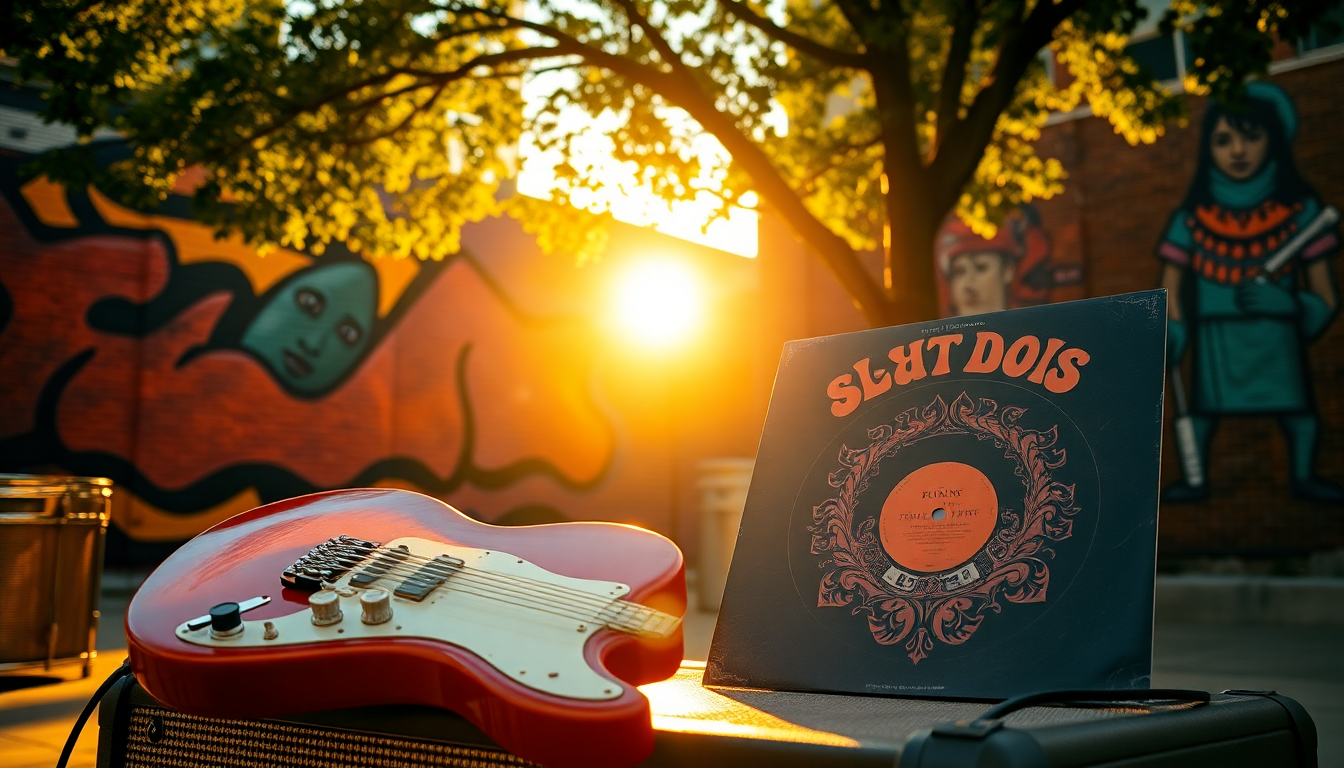Table of Contents
What do you do when an artist like Sly Stone leaves this world? You either mourn or crank up his tracks and reflect on his chaotic genius. Sly, the mastermind behind Sly and the Family Stone, managed to twist together soul, funk, and psychedelic rock into something that left a stain on the music industry like a spilled drink on a white carpet.
Sure, he was a mess—drugs, health issues, and a penchant for self-destruction—but damn, did he know how to make people move. And let’s be real, his influence stretches from Prince to the Red Hot Chili Peppers, and every wannabe hip-hop artist who’s sampled his beats.
So how did he pull it off in just a few years? Buckle up.
The soundtrack of a generation
Imagine this: It’s the late ’60s, the world is on fire with social change, and here comes Sly, ready to make a statement.
His music wasn’t just for dancing; it was a call to arms. Songs like “Underdog” kicked off with a bang, feeling like the start of a cinematic experience until Sly’s soulful groove crashed in like a wave of reality. You can almost hear him saying, “Yeah, I know what it’s like to be the underdog.” And if that doesn’t hit home, what does?
Then there’s the classic “Dance to the Music,” which is practically a party anthem wrapped in a funky bow.
Clive Davis told Sly to make it poppier, and boy, did he deliver! It’s a hit parade crammed into a few minutes, mixing drums, horns, and a chorus that makes you want to leap up and get down. But don’t be fooled; it’s more than just a fun tune—it’s a lesson in how to grab life by the balls and dance, even when the world’s crumbling around you.
The complexity of simplicity
Everyday People, a track so deceptively simple, packs a punch about inclusivity that seems lost on today’s audience. The message? “Different strokes for different folks.” Seriously, how has that fallen on deaf ears? Meanwhile, the B-side of “Everyday People” dives into funk territory, teasing out the roots of hip-hop with a playful rhythm that feels like a conversation rather than a performance.
And if you don’t heed Cynthia Robinson’s command to “Sing a simple song!” you might just be part of the problem.
From euphoria to somber reflection
Then there’s “I Want to Take You Higher,” which feels like it starts halfway through a jam session, ready to launch you into another dimension—or at least a good night out. It’s a psychedelic ride that, at its core, has spiritual undertones, reflecting a time when lyrics didn’t just mean getting high on substances but also tapping into something greater. Fast forward a few years, and suddenly those ‘higher’ lyrics have taken on a whole new meaning, but let’s not dwell on that.
“Thank You” slaps you in the face with that iconic bass line and lyrics that speak to a raw vulnerability that’s hard to ignore. It’s gratitude from a man who didn’t know how to be anyone but himself, even when the world was tearing him apart. The darkness creeps in, hinting at the end of the ’60s euphoria, and you can feel the shift as Sly begs for unity amidst chaos.
The twilight of a turbulent career
By the time “Family Affair” dropped, Sly was in a different world entirely—one that reflected the chaos of “There’s a Riot Goin’ On.” This track, with its funky groove and a hint of despair, encapsulates the post-’60s struggle. Sly preferred the B-side “Luv n’ Haight,” which grooves harder, reflecting a man caught between highs and lows, a funky paradox.
With “Fresh,” Sly tried to recapture that magic, still delivering necessary jams but with a pop twist that sometimes felt forced. Yet, even in those moments, he showed an ability to morph genres, flipping Doris Day’s “Que Sera, Sera” into a soulful anthem that felt both audacious and reverent. It was a reminder that no matter the style, Sly was always about authenticity.
The last great song
Finally, there’s “If You Want Me to Stay,” which encapsulates Sly’s raw essence, a plea layered with one of the grittiest bass lines in music history. The song started as a love letter but morphed into a profound statement about identity and existence over the years. “For me to stay here, I got to be me”—how’s that for a mic drop? It’s a perfect epitaph for an artist who never compromised, even when the world around him spun out of control.





